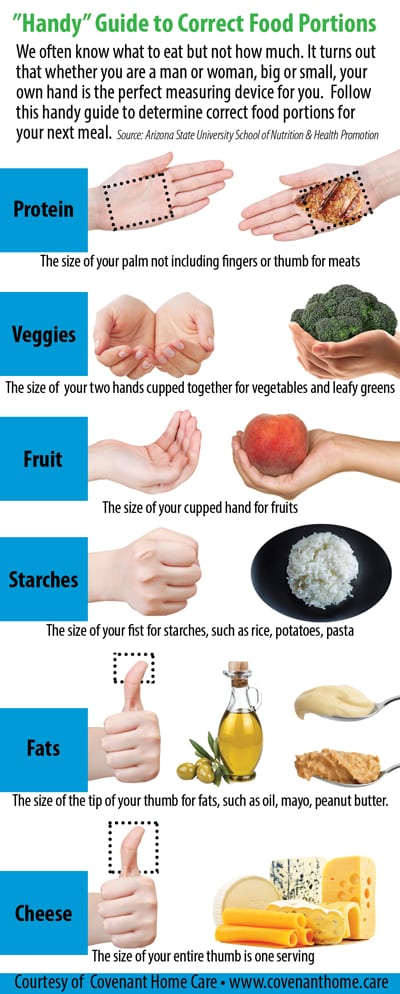
A BMI chart is something you have probably seen before. However, you might be unsure whether you should follow it. A BMI chart is a visual representation of a person's weight and height. This chart can give you an indication of your ideal weight and help you make informed weight decisions. The chart shows the relationship between a person’s height and their weight. It is an easy way to determine your BMI.
Your BMI chart will show you your weight in lbs at the top and your height in feet, inches and inches on the sides. You will now see your BMI. If your BMI is under 245, then you should use the first chart. The second chart will be preferred if your BMI is higher than 245. The BMI chart's shaded areas indicate that you are overweight. If you are in the 30s or more, you will be in class 1. If you're between the 35-39.9 and 40 ranges, you might be in class two. If you're over 40, your are considered obese. If you fall somewhere in between, you should choose the second.

As you can see, BMI is not an exact science. While it is imperfect, it can be used to indicate a healthy weight. Although it's not perfect, it is a good tool to help you make healthy decisions about your weight and health. A BMI chart will help you determine if you're obese or overweight and what you can do to get in shape.
A BMI chart is helpful for those who struggle to use the calculator. BMI calculations do not consider gender, sex or pregnancy. You might have to adjust the numbers to suit your needs. BMI is just one factor to consider. However, you must use the calculator to make informed decisions. Make informed decisions.
Use a BMI chart to help you remember that a higher number can indicate a greater risk of getting sick. Your BMI is an indicator of your height and weight. It is useful in tracking your progress throughout time. A BMI chart can help you determine if you are overweight or underweight and to choose the right diet and exercise program. You can consult your doctor to get a BMI chart.

A BMI chart can be a useful tool for parents. The BMI of children is slightly different to that of adults. However, it can be used to give a general idea of the child's weight. Healthy BMI ranges from 18.5 to 24.9 for women, while a healthy weight ranges from 18.5 to 24.9 for women. For a pregnant woman, her pre-pregnancy BMI can be used to calculate the amount of weight she'll gain during her pregnancy.
FAQ
Is it true to say that protein overeating can lead to kidney stones?
Protein helps maintain healthy bones and tissue. However, too much protein can result in calcium excretion through the urine. In turn, this can result in kidney stones.
It is important to keep in mind that not everyone will develop kidney stones if they consume more protein than 2 grams per kilogram (2.2lbs). Some people can eat high amounts of protein without getting kidney stones.
By being careful with your sodium intake, you can prevent kidney stones. Sodium helps regulate water balance in the kidneys. A high level of sodium can increase the risk of developing kidney stone.
If you have kidney stones, you can reduce your intake of protein. Protein provides about half of the daily caloric needs for most adults. You'll lose weight if you reduce your intake of protein.
If you do decide to eat more protein, don't go overboard. Limit your intake to 20% of your total daily protein intake.
What foods should I avoid when trying lose weight?
Avoid foods that contain trans fats. Trans fats can raise LDL (the unhealthy) cholesterol levels while lowering HDL levels (the good).
Trans fats are found in deep-fried foods, fast food, packaged baked goods, snack cakes, and other processed foods.
These unhealthy fats also contribute to inflammation, leading ultimately to heart disease or diabetes.
Avoid foods containing artificial sweeteners. Artificial sweeteners can increase your risk of developing cancer.
These chemicals are found everywhere, from soft drinks to chewing candy to candy bars to chewing gum. These chemicals are also found in meat, poultry, eggs, and other foods.
Artificial sweeteners include saccharin.
The American Heart Association recommends avoiding these chemicals because they may damage DNA in cells.
What is the best way to increase muscle mass?
Two main types of exercises are required for building muscle mass. These include isolation exercises and compound movements. Isolation exercises target particular muscles, while compound movements focus more on several groups at once.
Choose exercises that test all your major muscle groups to improve your workouts. This ensures that you are always working hard during each session.
An app called MyFitnessPal allows you to keep track of everything. It allows you to log everything from calories burned to weight lifting. You can also create customized meal plans based upon your goals.
How does weightlifting help you lose fat more quickly?
Although weight lifting can help you lose fat more quickly, it is best to combine it with cardio exercises.
To maximize the benefits of weightlifting, you need to perform it after cardio workouts.
If done correctly weightlifting can raise your heart rate, oxygen consumption and help you lose weight.
If you don't mix it with cardio, your body won't notice significant changes.
Statistics
- 10 pounds in a month is likely during a lean bulking phase, especially for beginners. (muscleandstrength.com)
- According to the American Academy of Dermatology (AAD), men over 50 are at a heightened risk of developing it. (healthline.com)
- Cardmembers earn 5% Back at Amazon.com with a Prime Credit Card. (amazon.com)
- According to the American Heart Association, blood pressure should be checked at least once every two years, beginning at age 20. (my.clevelandclinic.org)
- Are You One of the 20% of Guys (mh.co.za)
External Links
How To
How does a man become fit in just 30 days?
Breaking down your fitness goals into smaller, more manageable steps is the best way for you to reach your fitness goals.
This is why you should make sure that you're working toward your goal every day. This could include anything from 10 pushups that last 5 minutes to running 3km.
This will ensure that you see positive results if you practice it consistently over time.
Be consistent is key. You have to keep at it until you succeed!
What is the difference between Aerobic Fitness (or Anaerobic Fitness)?
Anaerobic fitness is the ability to do intense physical work without oxygen. Anaerobic pathways are used to give our bodies enough energy to perform high-intensity exercise. Anaerobic pathways include glycolysis (creatine phosphate), the phosphagen and lactic acid.
In contrast, aerobic fitness refers to sustaining continuous low-intensity exercise. When performing aerobic exercises oxygen is used to fuel the cells. In other words: The aerobic pathway gives more energy than that of the anaerobic.
To run a marathon you need to first increase your aerobic capacity. If you are only focusing on increasing your anaerobic capabilities, you won't finish the race.
Aerobic fitness can also be called cardiovascular fitness. Step tests and VO2 max testing are the most popular methods to measure cardiovascular fitness.
Test VO2 Max
VO2 max is the maximal amount of oxygen (O2) that the body uses during exercise. This test measures the amount O2 that the body can use when exercising.
This is the best test to assess cardiovascular fitness. It requires expensive equipment and highly-trained professionals to administer.
Step Tests
Step tests are simple yet effective methods of measuring cardiovascular fitness. You will be asked to walk, jog or run for a specific time on a track. This is based on your age or weight.
These tests are easy, inexpensive, and accessible almost anywhere. You could, for instance, run on a treadmill for two minutes, rest for one minute, and then go back to the starting point for 20 minutes. You should maintain a constant heart rate throughout the session.
This is the "Bruce Protocol". Bruce, himself a runner, created this protocol after realizing that he would not feel his heart rate increase when running longer distances.